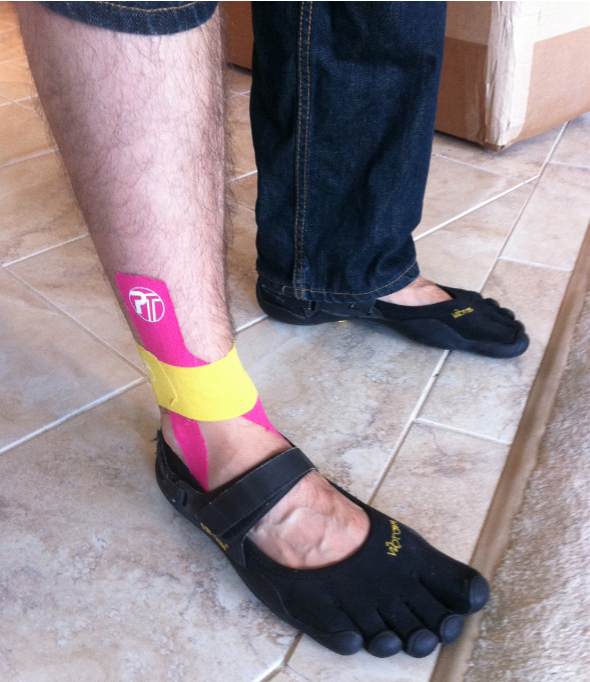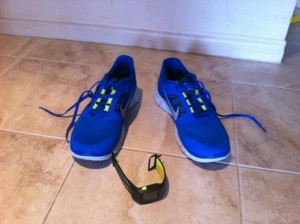Blogging about not running is almost as bad as blogging about how you haven’t been blogging, but here goes: my name’s Jason, and it’s been about three weeks since my last real run.
As I get closer to the marathon, I’m getting more and more nervous about my lack of training, but my team’s assuring me I’ve still got lots of time, and I’m still working out three days a week, just not on the road, so everything should be fine.
Anyway, about three weeks back my ankles died. No idea what caused it, but the nerves or tendons or magic beans under my outer ankles flared up big time, to the point where I was walking with a limp and couldn’t run a quarter mile on the treadmill without pain so severe I thought I was going to fall off.
Luckily, my trainer knew a good chiropractor and I was able to schedule a meeting that same day. I’d resisted going to one for years during injuries because I had these two assumptions: they’d put me in orthotics (which won’t work in Vibrams) and they’d tell me to stop training (which would wreck my whole belief system.)
As it turns out, I’m not a good candidate for orthotics, and my treatment is designed to get me up and running (literally) as fast as possible with more exercise, not less, to fix the issues we identified. As they say on eBay, A+++++ great service will buy again!
So what started in my ankles led to some work on my left knee which led to some work on my left hip. And in the process I got to find out that I’m not as broken as I thought – I’m a little bow-legged but it turns out it’s just cosmetic – and I’m learning a bunch of biomechanics that’ll be a big help down the road.
Now if we can just find some tape that doesn’t call even more attention to my feet…
So with any luck I’ll be running soon, though with Tough Mudder next weekend I’ll probably limit myself to some light 5-10K sessions to build my confidence a bit without risking too much. In the meantime, crossfit is going well, and I even got my name on a WOD board this week for the first time – scaled and I hit the time cap, but it’s great to see where I’m headed!


